Aging Horses By Their Teeth – Adult Horses (13 – 18 years)
This is a long process if you are going through the whole set. The idea is to notice all the differences and variability seen within each age. As the age becomes greater, notice the increased variability. Also note that in some horses, the left and right sides are different yielding a different age. This is caused by the horse’s tongue movement, jaw movement or both. The image data is the evidence I was given for the age of the horse.
I call this group between 13 and 18 years the “adult horses.”
13 year olds
- “Galvayne’s groove” is an indentation (or groove) that occurs on the upper corner incisors (103 and 203).
- It is located on the labial surface and parallels the front and back edge of the tooth.
- Between 10 and 20 years it will progressively extend the length of the tooth.
- Between 21 and 30 years it will progressively disappear starting at the gum line until it is gone by 30.
- The groove at the gum line elongates slightly more along the length of the tooth approximately ¼ the length of the tooth in the 13th year of eruption.
14 year olds
- “Galvayne’s groove” is an indentation (or groove) that occurs on the upper corner incisors (103 and 203).
- It is located on the labial surface and parallels the front and back edge of the tooth.
- Between 10 and 20 years it will progressively extend the length of the tooth.
- Between 21 and 30 years it will progressively disappear starting at the gum line until it is gone by 30.
- The groove at the gum line elongates slightly more along the length of the tooth approximately 1/3 the length of the tooth in the 14th year of eruption.
15 year olds
- “Galvayne’s groove” is an indentation (or groove) that occurs on the upper corner incisors (103 and 203).
- It is located on the labial surface and parallels the front and back edge of the tooth.
- Between 10 and 20 years it will progressively extend the length of the tooth.
- Between 21 and 30 years it will progressively disappear starting at the gum line until it is gone by 30.
- The groove at the gum line elongates slightly more along the length of the tooth approximately 1/2 the length of the tooth in the 15th year of eruption.
- Galvane’s Groove half the length at 15.”
16 year olds
- “Galvayne’s groove” is an indentation (or groove) that occurs on the upper corner incisors (103 and 203).
- It is located on the labial surface and parallels the front and back edge of the tooth.
- Between 10 and 20 years it will progressively extend the length of the tooth.
- Between 21 and 30 years it will progressively disappear starting at the gum line until it is gone by 30.
- The groove at the gum line elongates slightly more along the length of the tooth a little over half the length of the tooth in the 16th year of eruption.
17 year olds
- “Galvayne’s groove” is an indentation (or groove) that occurs on the upper corner incisors (103 and 203).
- It is located on the labial surface and parallels the front and back edge of the tooth.
- Between 10 and 20 years it will progressively extend the length of the tooth.
- Between 21 and 30 years it will progressively disappear starting at the gum line until it is gone by 30.
- The groove at the gum line elongates slightly more along the length of the tooth a little over half the length of the tooth in the 17th year of eruption.
( I don’t know why I could only find only 2 17 year olds!)
18 year olds
- “Galvayne’s groove” is an indentation (or groove) that occurs on the upper corner incisors (103 and 203).
- It is located on the labial surface and parallels the front and back edge of the tooth.
- Between 10 and 20 years it will progressively extend the length of the tooth.
- Between 21 and 30 years it will progressively disappear starting at the gum line until it is gone by 30.
- The groove at the gum line elongates slightly more along the length of the tooth about ¾ the length of the tooth in the 18th year of eruption.


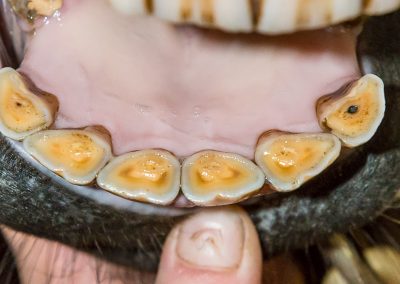
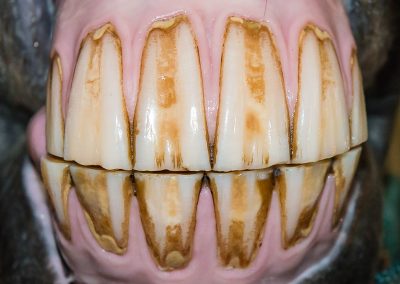


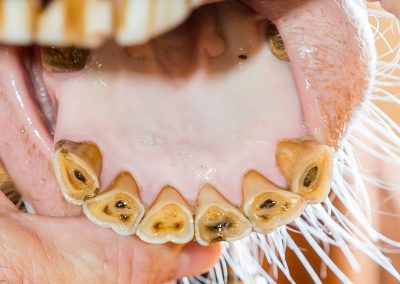
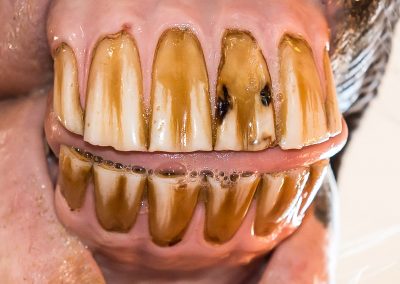
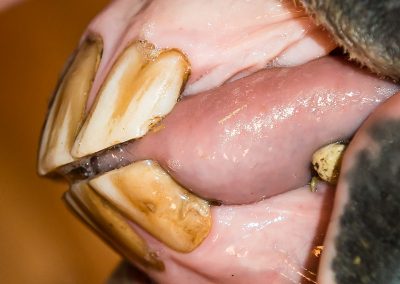
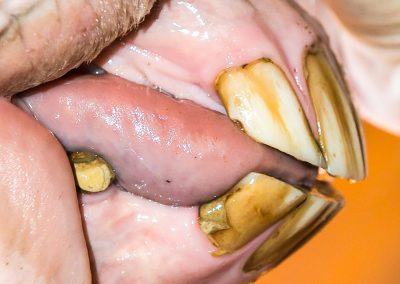
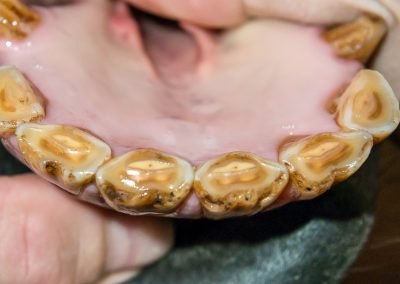
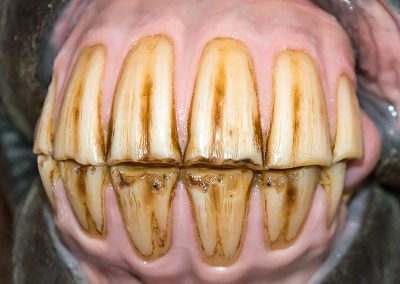
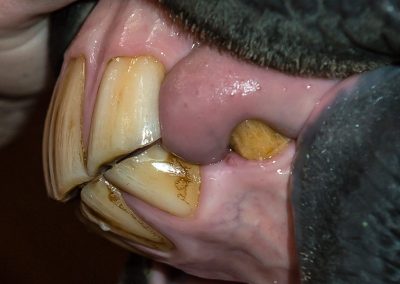
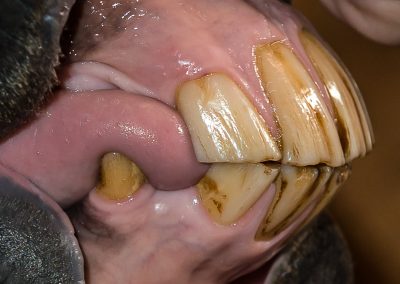
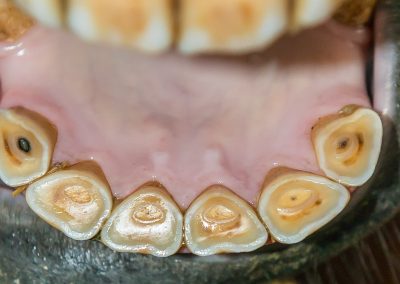
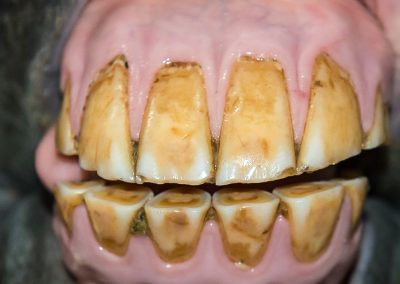
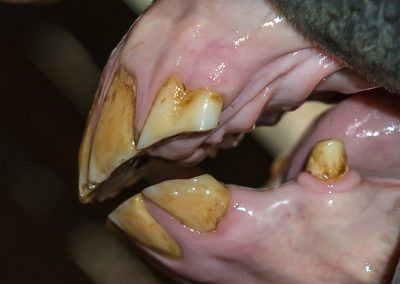
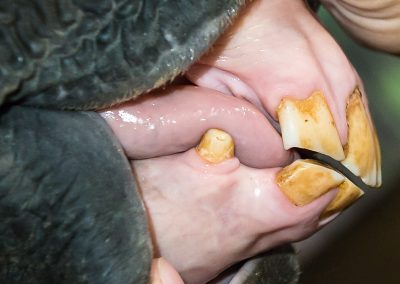
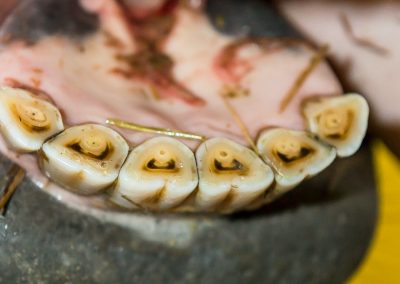
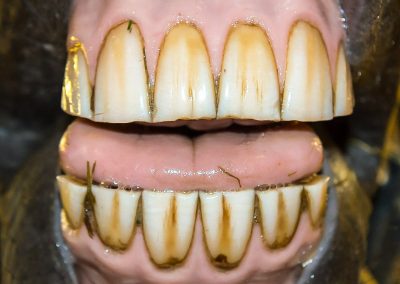

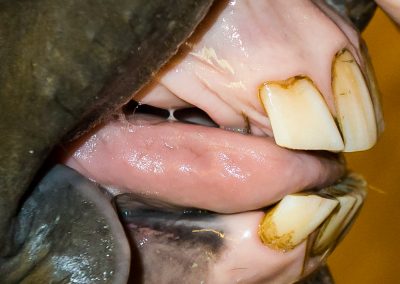
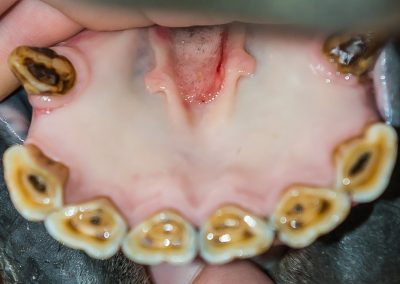



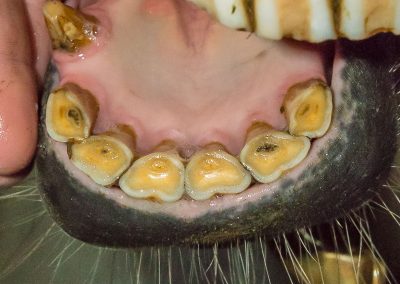
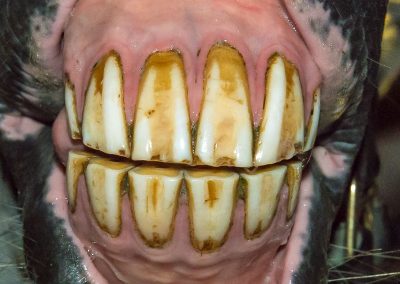
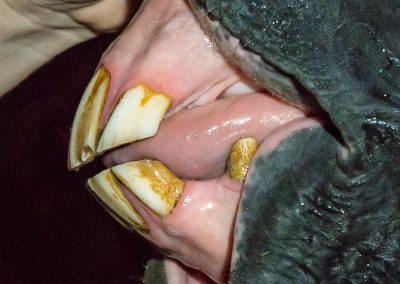
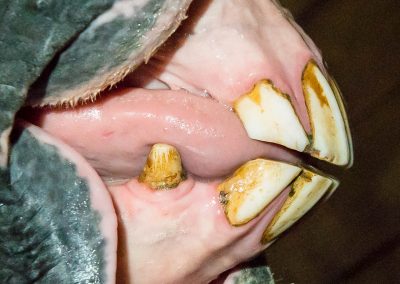
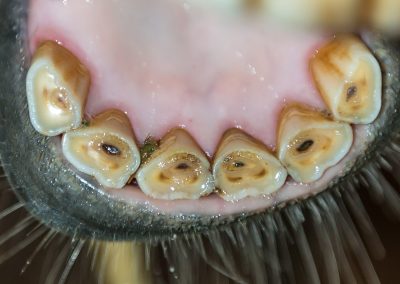
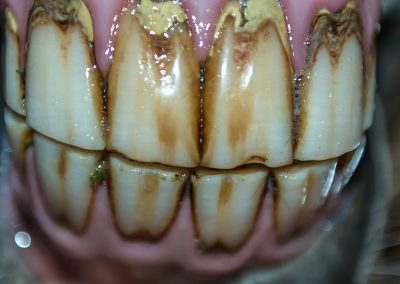
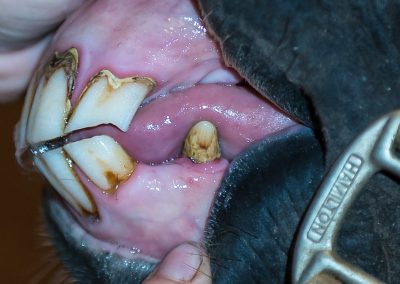
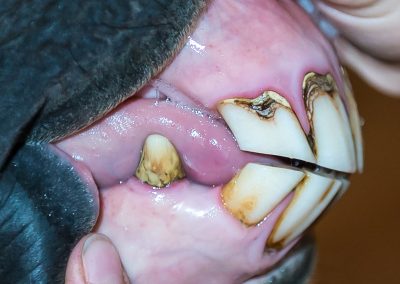
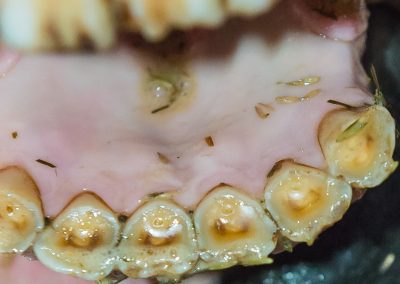
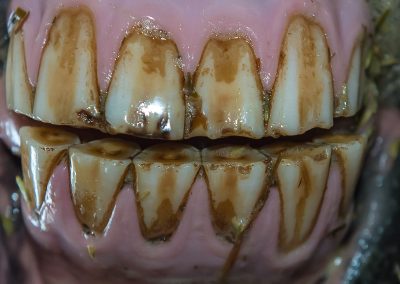

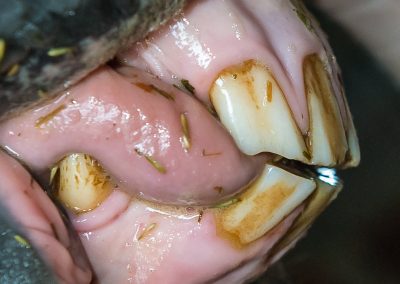
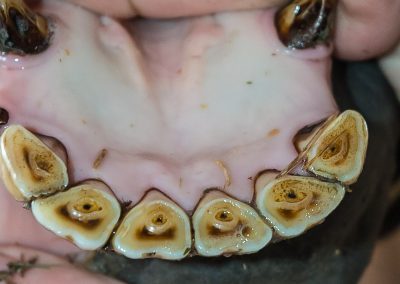

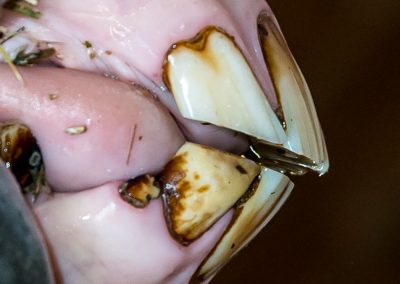
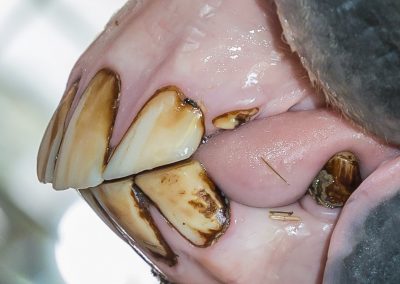
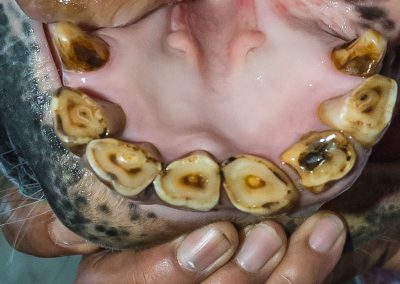
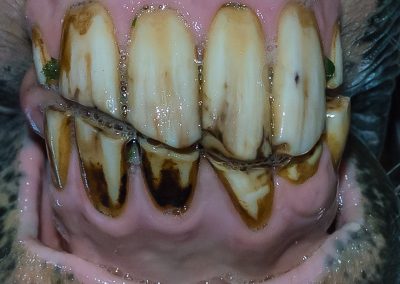
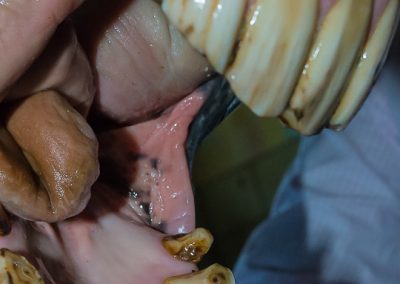
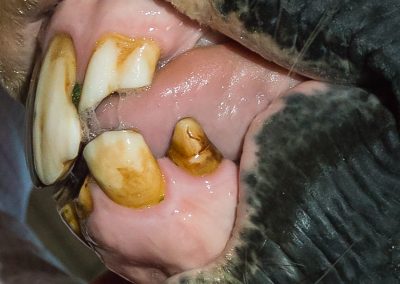
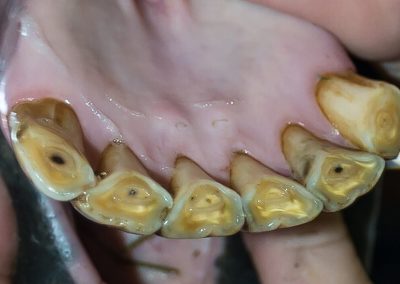
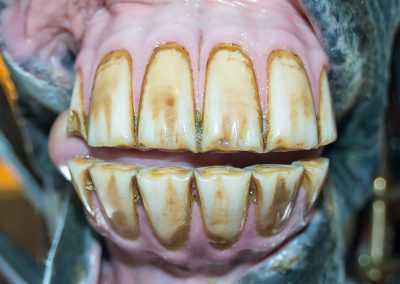

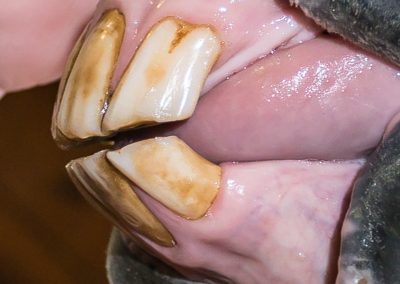
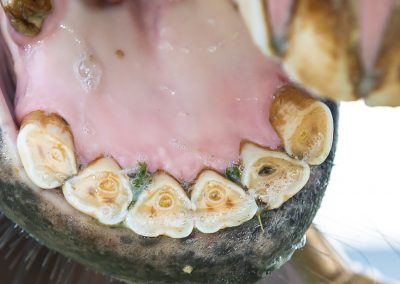
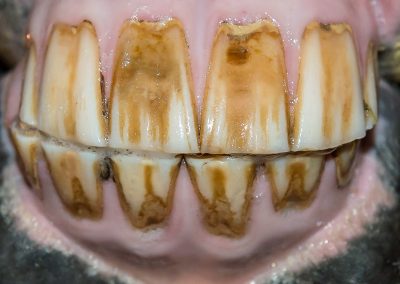


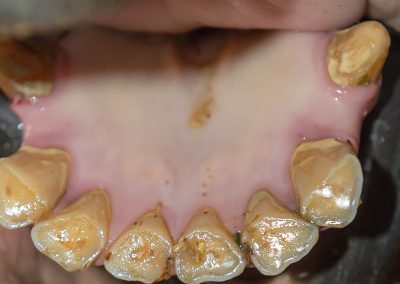
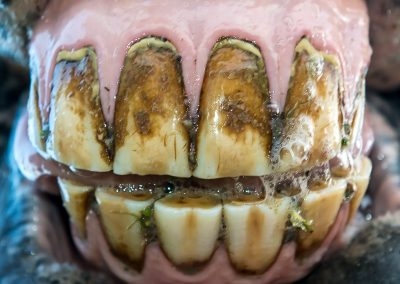
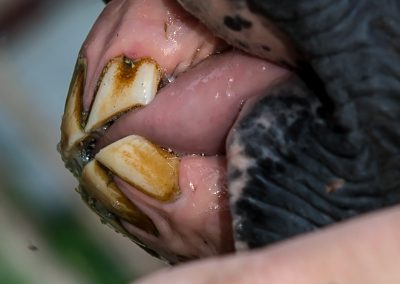



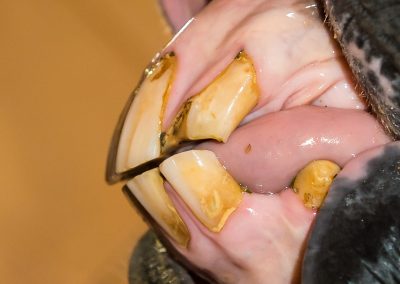

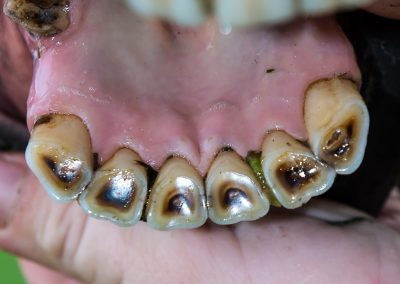
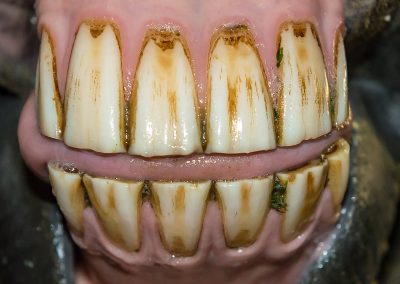
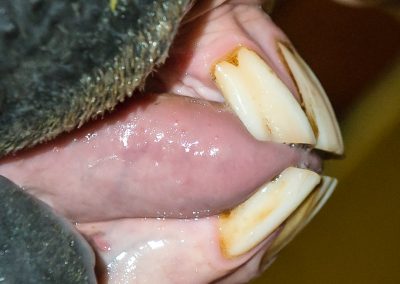
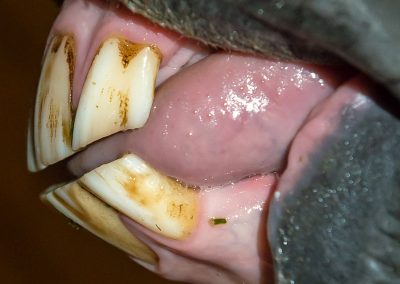
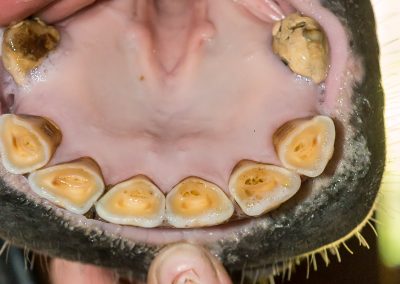
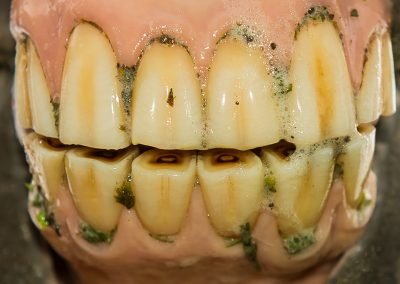


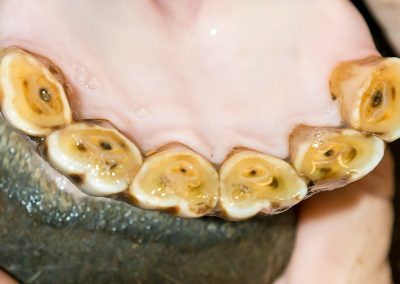
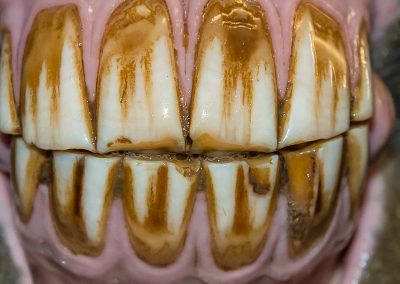
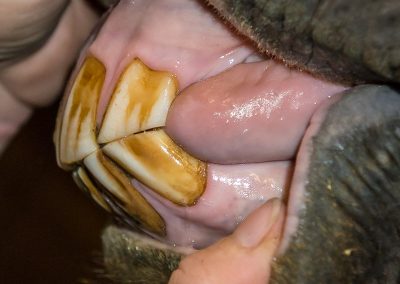


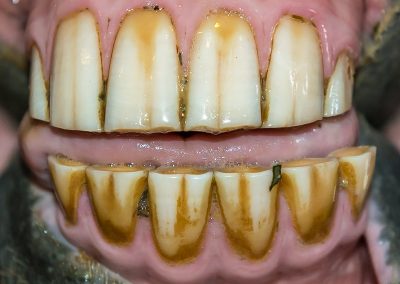
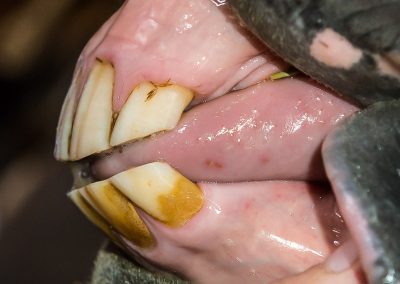

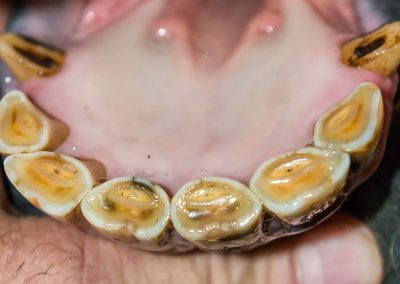
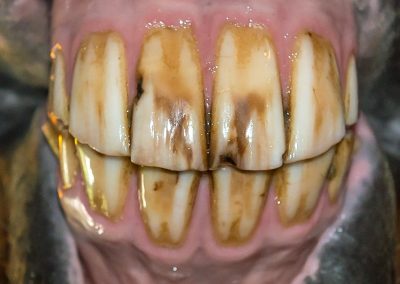
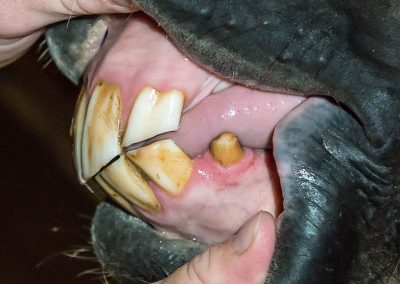
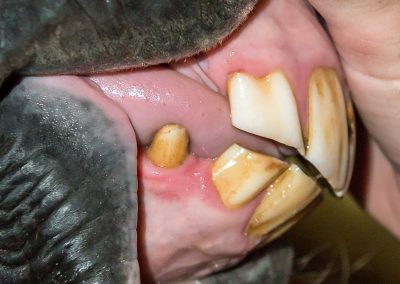

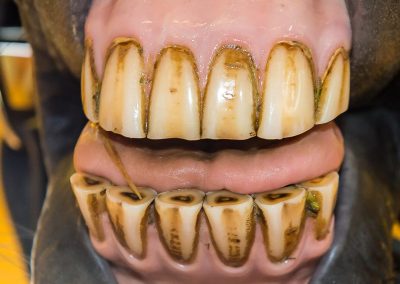
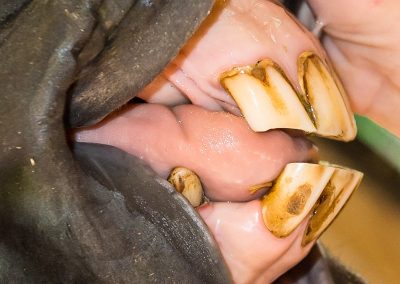
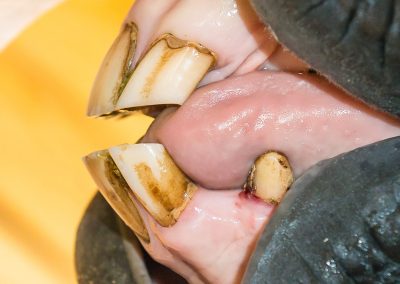
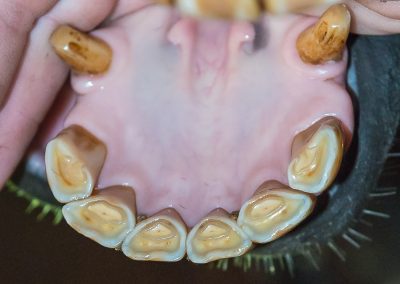

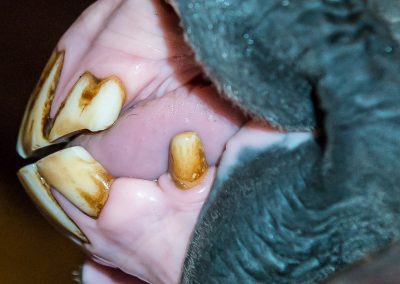
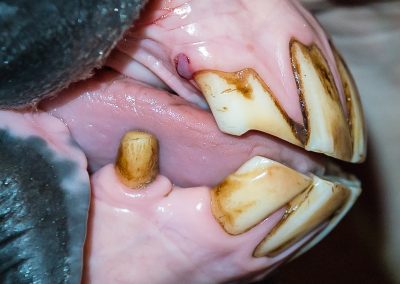
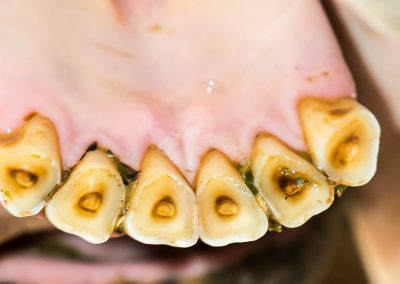
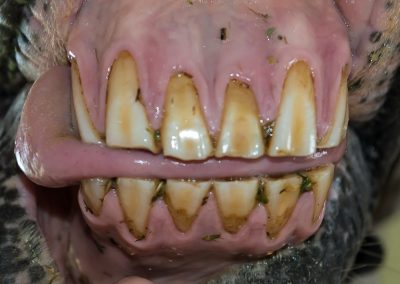

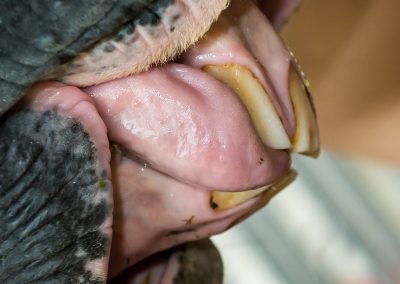
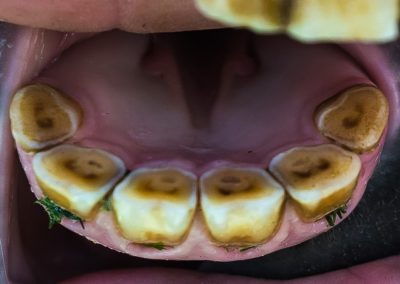

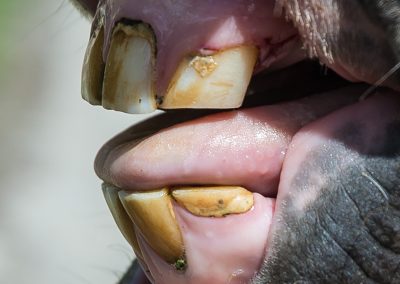

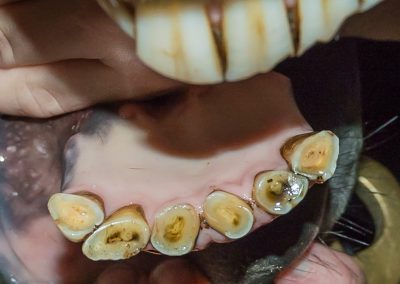
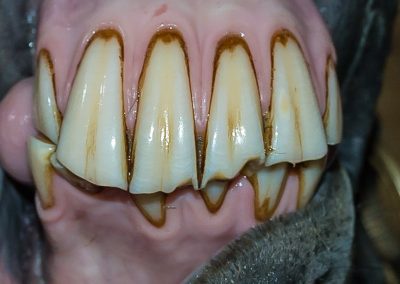
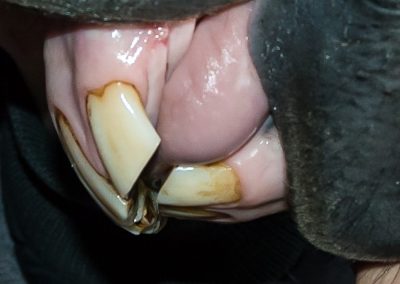

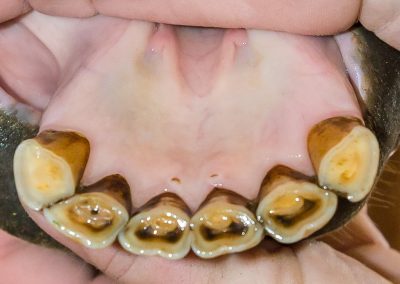
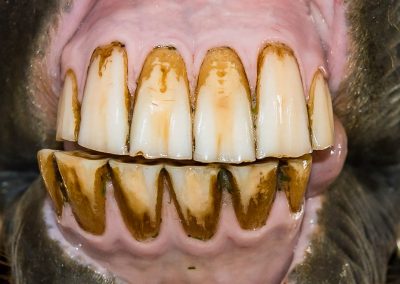
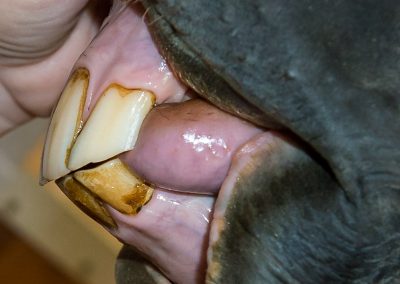
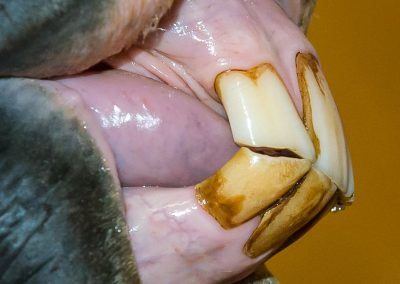
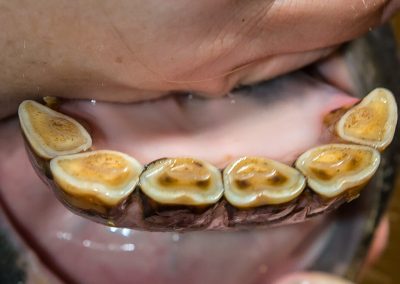
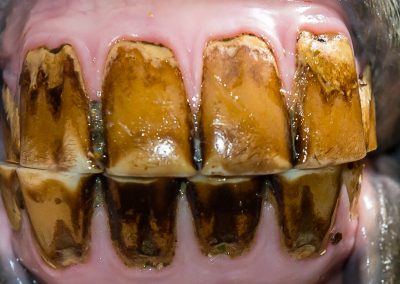
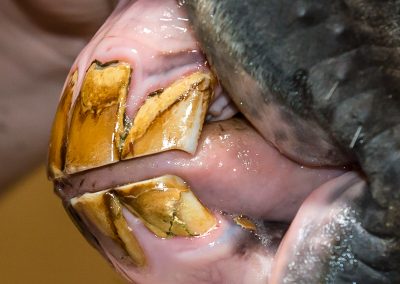
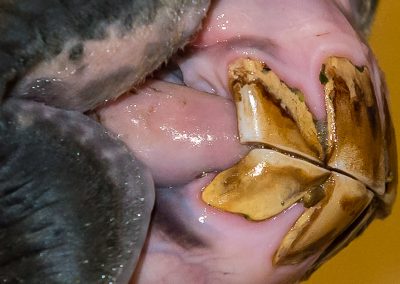
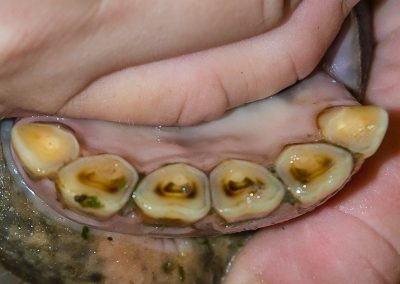
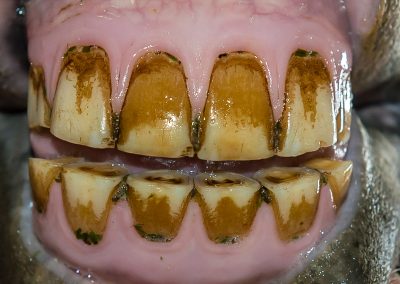
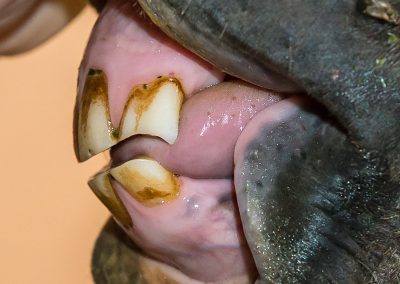

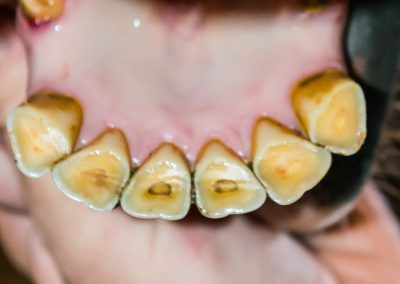
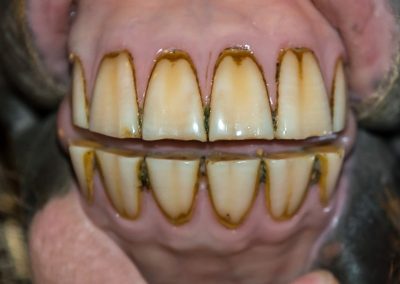
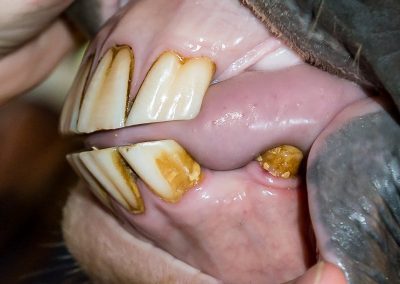


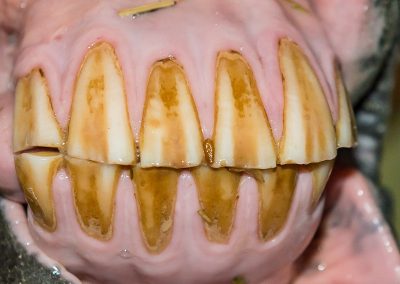
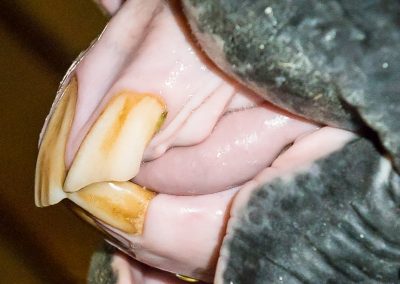

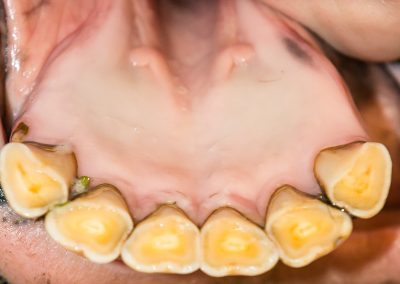
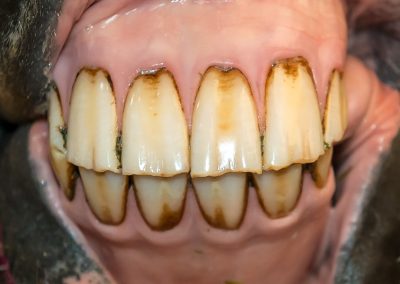
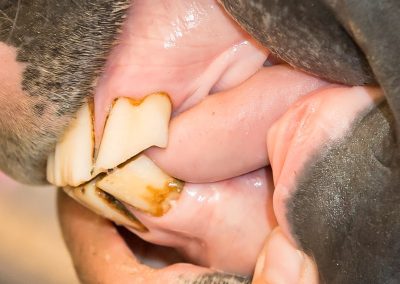
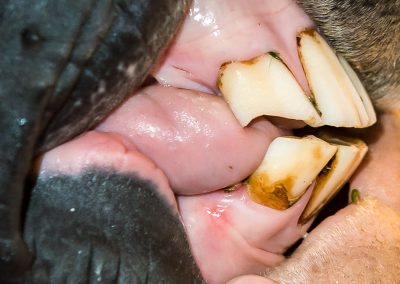

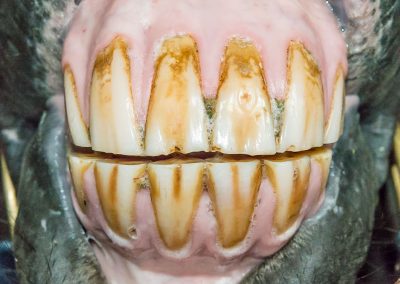
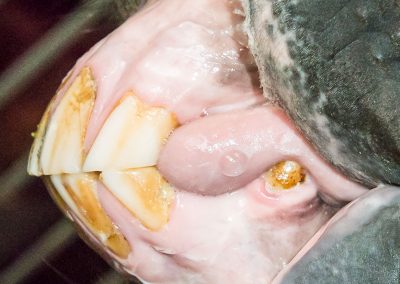
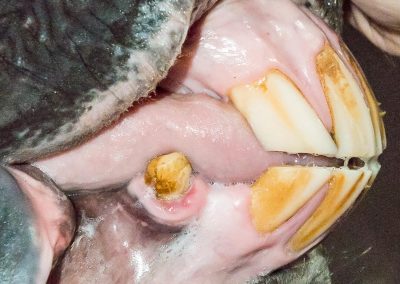
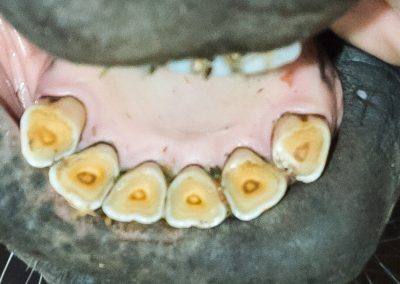
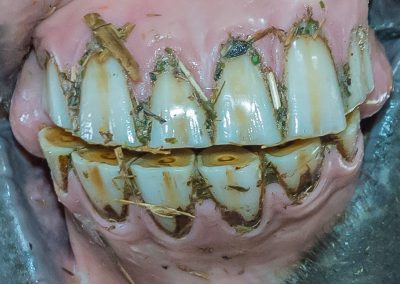
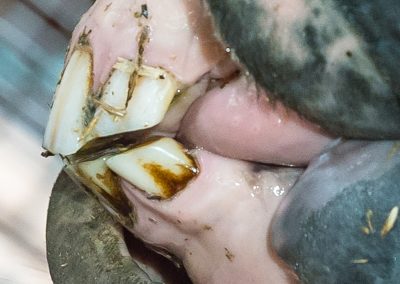

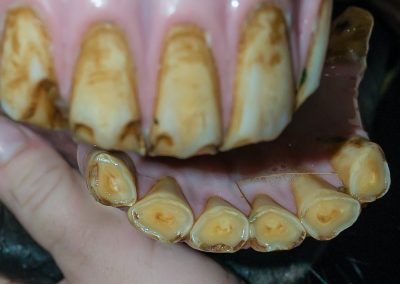
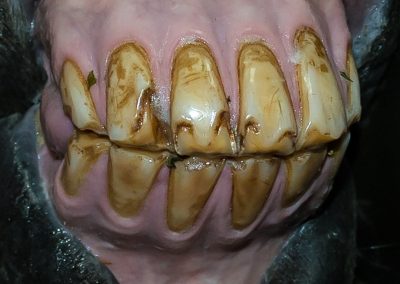
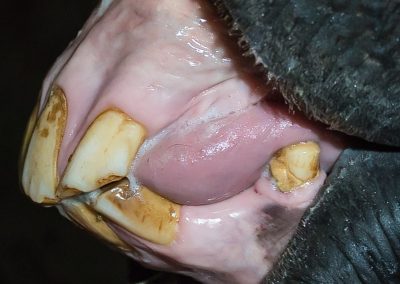
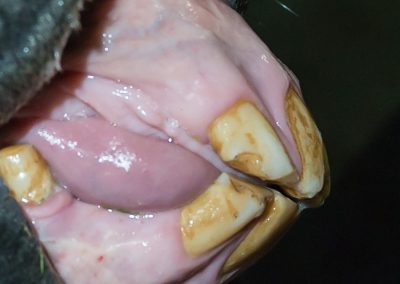
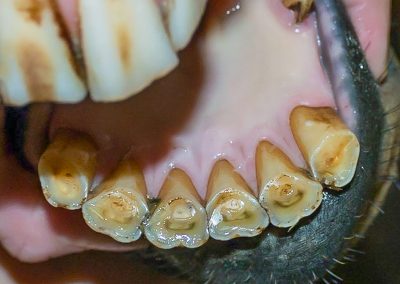
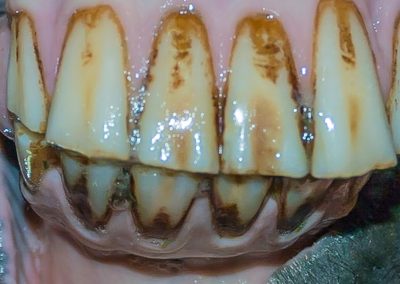
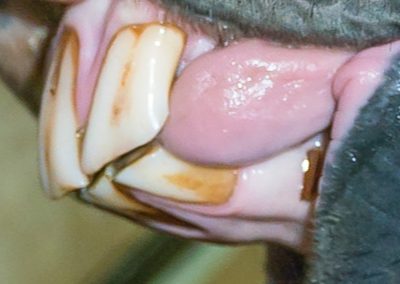


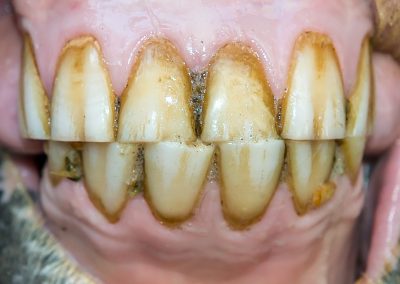


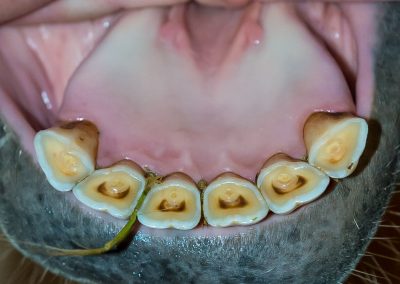
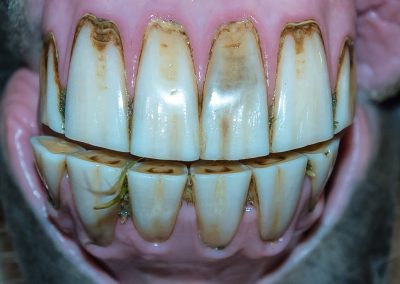


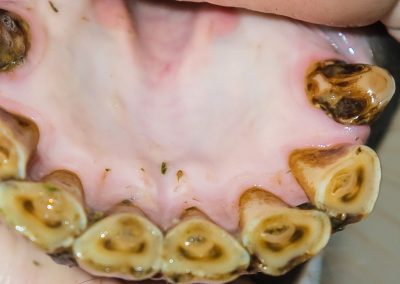
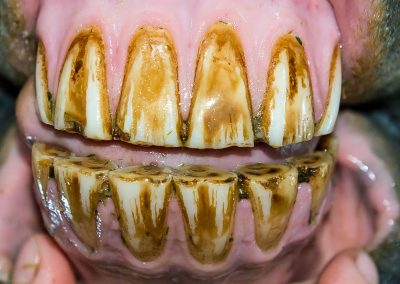
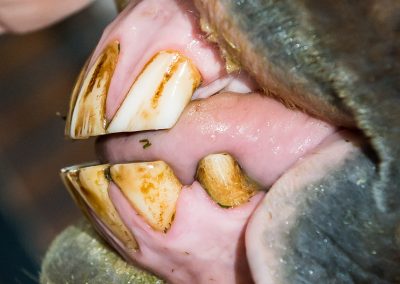

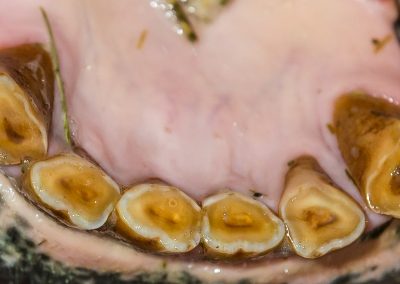
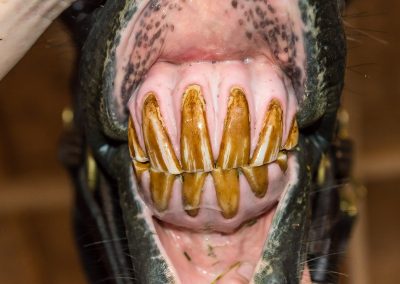
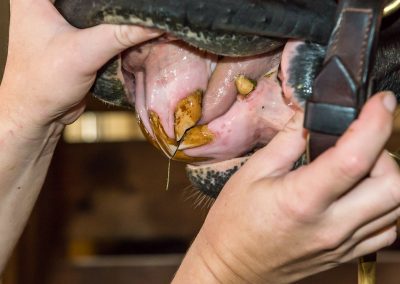
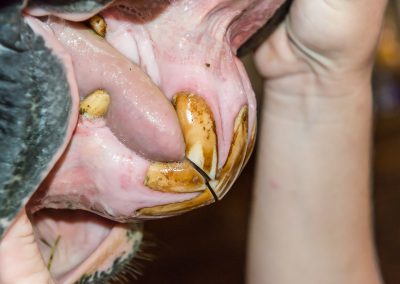
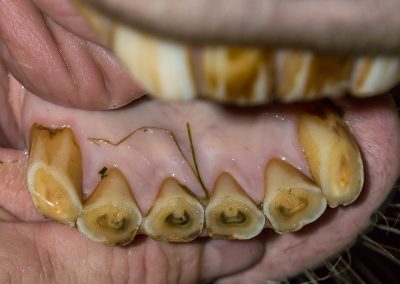
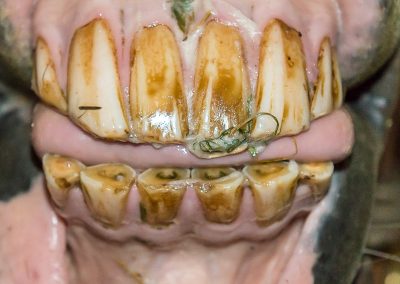
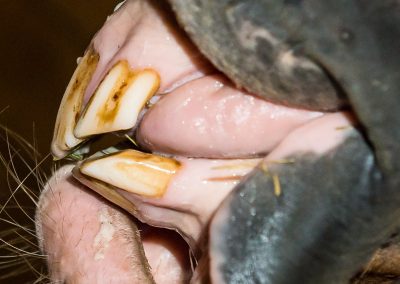

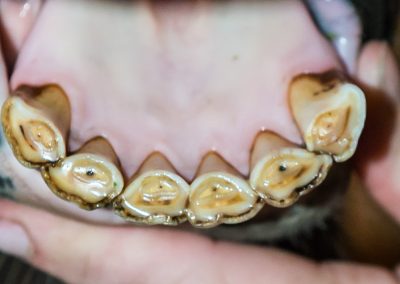
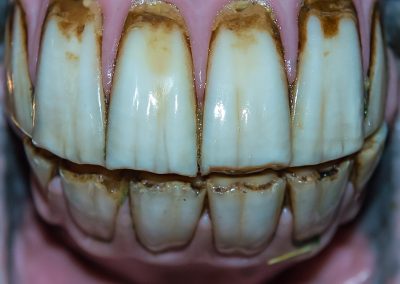
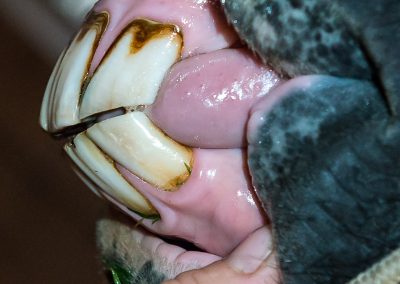
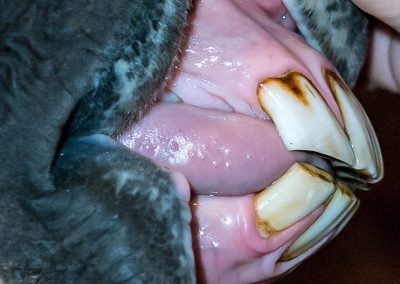
Responses